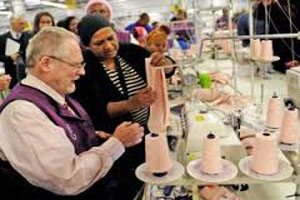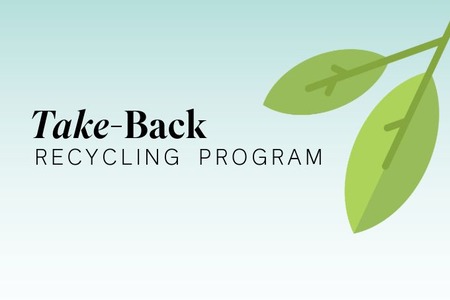
DTI to support textile industry through its incentive initiatives
YarnsandFibers News Bureau 2015-09-16 15:00:00 – Cape TownThe Department of Trade and Industry (DTI), through its incentive initiative in form of its Production Incentive Program (PIP) and Competitiveness Improvement Program (CIP) has supported hundreds of companies in the clothing and textile industry to maintain or create much needed jobs. The sector has lost thousands of jobs over several years mainly due cheap imports flooding the market.
The department has since 2007 offered incentives for the industry. These programs have injected some much needed capital equipment funding into the industry and enabled K-Way to purchase some new state of the art machines and equipment, said Bobby Fairlamb, general manager of Cape Union Mart’s K-Way factory.
As a result of the new equipment at K-Way, the business increased revenue by 102 percent, operational profit by 20 percent and its expenses as a percentage of revenue decreased from 10.1 percent to 9.7 percent. Machine downtime decreased from 2.1 percent to 1.6 percent, while absenteeism decreased from 4 percent to 3 percent.
Fairlamb said that K-Way has since 2006 effectively created more than 200 jobs, including outsourcing through cut, make and trim operations which result in a growth in job creation of more than 130 percent.
Minister of Trade and Industry Rob Davies visited The Foshini Group’s (TFG) Prestige Clothing Factory in Maitland and local shipbuilding company Damen Shipyards Cape Town to assess the impact of the financial support some of the companies the DTI has funded. Davies also wanted to assess companies to measure potential for growth and to what extent they needed funds from the department.
The visit also served as a platform for the sharing of information and ideas on the contribution of beneficiaries of incentives offered by the department’s objectives, including the creation of employment, industrialisation, economic growth and the creation of black industrialists.
Group director Martin Mendelsohn said that TFG had been investing in the local supply chain through its Quick Response initiative for the last six years.
Mendelsohn said that the company established a cluster with key strategic partners and local manufacturing partners, jointly funded by the TFG and the DTI, through the department’s incentive initiative.
One of the key partners was Prestige Clothing and together they had built a world class manufacturing facility with the help of the department’s initiative programme.
Today they have a facility that supplies a significant portion of TFG’s apparel requirements. They are extremely appreciative of government’s investments in the apparel industry in South Africa and look forward to working with them to try and resolve the constraints within the fabric and textile industry.
He said that the Maitland facility employed 560 people who were provided with “significant†training.
Camillo Torino, Prestige Clothing’s head of manufacturing, said that the company was assisting 22 beneficiaries with debt relief and had managed to bring down the number of garnishee orders from 62 to 29, while the factory also had the lowest rate of absenteeism in the industry.
Andre Kriel, general secretary of the Southern African Clothing and Textile Workers Union (Sactwu), said that the national government’s incentive support programmes have been a significant and welcome contribution towards the stabilisation of their industry.
Sactwu’s Etienne Vlok said that there was a convergence of negative factors that helped to push the local clothing and textile sectors into decline in the early to mid-2000s.
However the primary reason was the unnecessary and unreasonable very rapid scaling down of import duties on clothing and textile products in the late 1990s and early 2000s. Presently there are a number of factors which are contributing towards the stabilisation of the clothing and textile manufacturing sectors.
These factors made for a better environment for the sectors and government incentives were playing a crucial role.
They are designed to assist manufactures to address some of the structural challenges around competitiveness and production. In other words they enable manufacturers to invest in modernising the machinery, production processes and other components of production.
Vlok said that the latest employment numbers confirmed the positive impact on the industry and showed a small growth in clothing, textile, footwear and leather (CTFL) jobs.
This is a small increase but important because during the same period, formal manufacturing jobs decreased by 1.3 percent. With government’s incentive supporting 400 plus companies, it is believed there will be even more stabilization in the employment. In 2003, Statistics SA showed 14 000 formal CTFL jobs lost and in 2005, 15 600.
Market Intelligence
Ask for free sample Report

experience
Customer Base
dedicated team
Countries Served Worldwide









